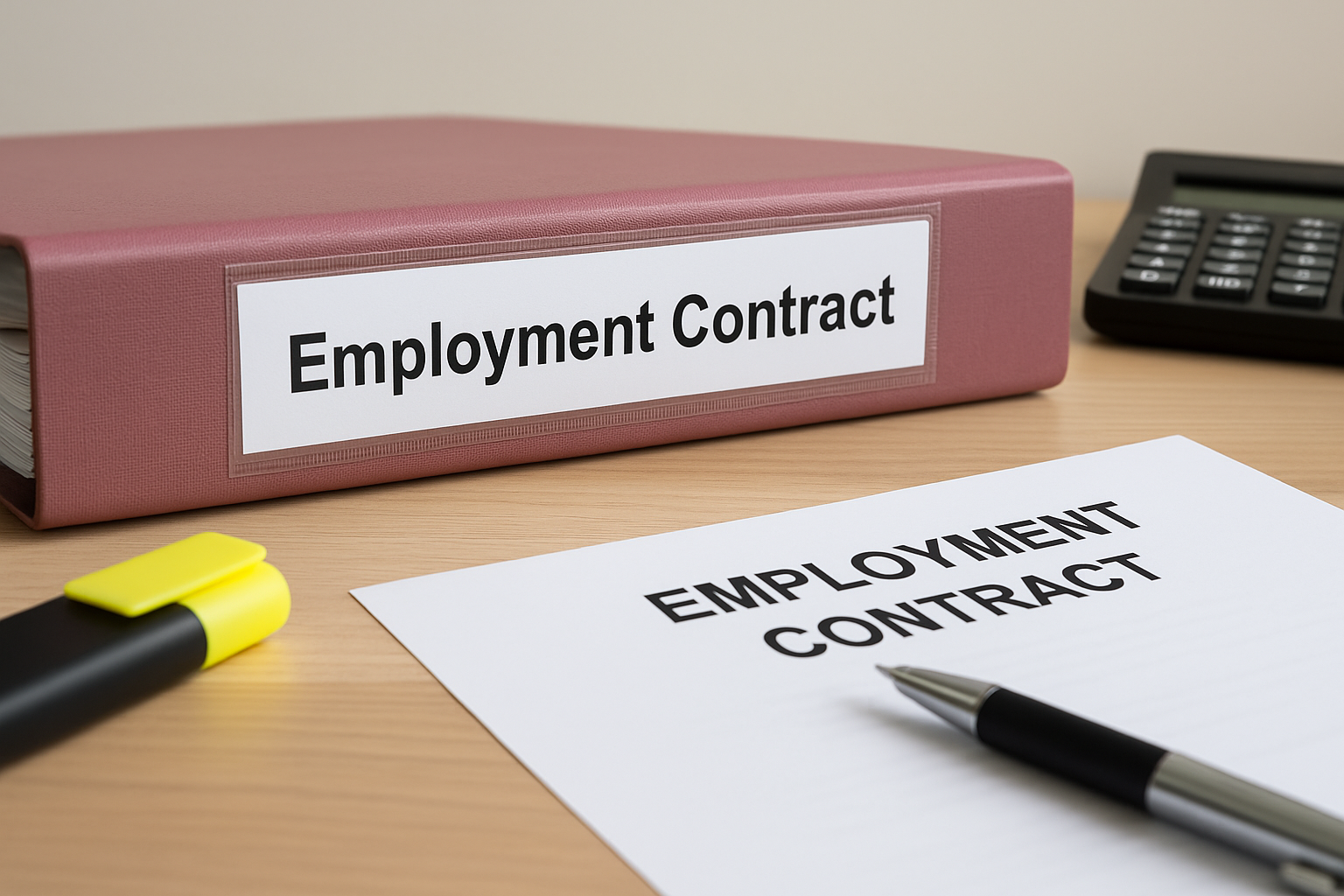You probably think your employment contracts are “fine.” You downloaded a template, tweaked the details, and got your staff to sign.
But there’s one clause that many Australian businesses overlook — and it’s the same clause that, when missing or misused, can cost you thousands in legal fees, IP theft, or lost clients.
Let’s talk about the restraint of trade clause — and why it should be more than just a copy-paste afterthought.
What Is a Restraint of Trade Clause?
A restraint of trade clause limits what an employee can do after they leave your business. Common areas it may restrict include:
- Working for a competitor
- Starting a competing business
- Poaching clients
- Poaching staff
- Using confidential information or trade secrets
It’s essentially your insurance policy against immediate post-exit damage.
Why Most Clauses Fail in Court
Australian law is very cautious with restraint clauses — especially in employment contracts. Courts will only enforce them if they are:
- Reasonable in scope and time
- Clearly written
- Truly necessary to protect a legitimate business interest (like IP or client relationships)
A vague or overly broad clause like “You can’t work in this industry for 2 years” will almost always be thrown out.
Pro tip: The clause doesn’t need to stop someone from working — it just needs to stop them from harming your business unfairly.
The “Stepping Stone” Model (How to Make Clauses Enforceable)
This is a common legal tactic used to increase enforceability:
- The contract includes multiple restraint periods (e.g. 3, 6, 12 months)
- It also includes multiple geographical zones (e.g. local, state-wide, national)
That way, if a court deems the 12-month national restraint unreasonable, it can still uphold the narrower 3-month local restraint.
This flexibility increases your chance of partial enforcement rather than total rejection.
Real-World Example
A former employee of a Sydney-based IT firm left to join a direct competitor, bringing three clients with them within two weeks.
The business had a template employment contract from 2016. It included:
- No restraint clause
- No confidentiality provisions post-employment
- No process for exit interviews or return of client data
The result?
- $80,000 in lost recurring revenue
- A rushed legal scramble
- An expensive lesson
Other Critical Contract Clauses You Might Be Missing
Beyond restraint of trade, your employment contracts should also include:
- Confidentiality — clear definition of what’s confidential, how it’s protected, and for how long post-employment
- Intellectual Property (IP) — stating that all work produced during employment belongs to the business
- Notice periods — mutual obligations and conditions (especially for key personnel)
- Set-off clauses — for salaried staff covered by awards to avoid underpayment risk
- Variation clauses — so you can update terms when laws or roles change
Contracts Are Living Documents — Not One-Off Admin Tasks
If you haven’t reviewed your employment contracts in the last 12–18 months, chances are:
- They don’t reflect current legislation
- They lack critical protections
- They’re inconsistent across employees
- They expose your business to unnecessary risk
Who Can Help?
A quick review by an HR professional or employment lawyer can give you:
- Peace of mind
- Legally enforceable templates
- Tailored clauses for senior/key staff
- Guidance on how to handle resignations securely
Hack Your HR supports Australian employers with:
- Employment contract audits
- Legally sound restraint and confidentiality clauses
- Onboarding workflows to capture agreements
- Risk prevention strategies for offboarding
Final Word
Your employment contract isn’t just a piece of paper. It’s your frontline defence against post-exit risk.
And when the stakes are high — clients, IP, team morale — that one overlooked clause might be the only thing protecting your business.
If you’re not 100% sure your contracts are enforceable, it’s time for a checkup.
